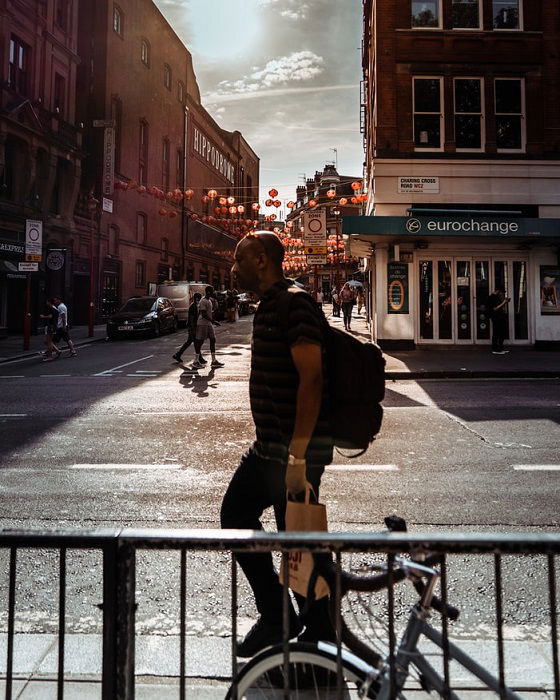Framing Streets for Dummies
Table of ContentsGetting The Framing Streets To WorkGetting The Framing Streets To WorkEverything about Framing Streets8 Simple Techniques For Framing Streets

Both at the Gallery of Modern Art (Mo, MA). Motivated by Frank, in the 1960s Garry Winogrand, Lee Friedlander and Joel Meyerowitz started photographing on the streets of New york city. Phil Coomes, writing for BBC Information in 2013, claimed "For those people thinking about road photography there are a couple of names that stick out and among those is Garry Winogrand"; critic Sean O'Hagan, composing in in 2014, stated "In the 1960s and 70s, he defined street photography as an attitude along with a style and it has laboured in his darkness since, so clear-cut are his photographs of New York." Going back to the UK in 1965 from the United States where he had actually met Winogrand and taken on street photography, Tony Ray-Jones transformed a wry eye on often unique collections of British people on their holidays or joining celebrations.
Street photography is a huge category that can be defined in numerous methods, however it is usually identified by the spontaneous capturing of an unrepeatable, fleeting minute, commonly of the daily going-ons of complete strangers. It is classically fired with broader angle lenses (e. g. 35mm) and typically includes city atmospheres.
Facts About Framing Streets Revealed
Docudrama digital photographers generally have a specified, deliberate message and an objective to tape-record specific events wikipedia reference in history (https://www.goodreads.com/user/show/174116073-david-turley). The range of the docudrama technique includes aspects of journalism, art, education, sociology and background. In social examination, documentary images are commonly intended to provoke, or to highlight the requirement for, social adjustment
Street photography is normally seen as unposed and honest, but there are a few road photographers who connect with strangers on the streets and take their portraits. Street pictures are unplanned portraits taken of strangers while out doing road digital photography, however they are viewed as posed since there is communication with the subject.
e. 'candid digital photography' necessarily) for great art functions has actually been questionable. Photographing people and areas in public is lawful in many nations protecting flexibility of expression and journalistic flexibility. There are generally limitations on exactly how photos of individuals might be utilized and most countries have details regulations concerning people's personal privacy.
The 6-Minute Rule for Framing Streets
While the common-law provinces follow the UK, relative to the freedom to take images in a public area, Quebec law offers that, in the majority of circumstances, their publication can take area just with the approval of the topics therein. The European Union's Human Rights Act 1998, which all EU countries need to maintain in their domestic regulation, develops in a right to privacy. Of flexibility of expression. While likewise limiting digital photography in order to protect personal privacy rights, road digital photography can still be lawful in France when pursued as an art kind under certain circumstances.

. that just roamed right into a scene), or who are not also recognizable in the photo. https://www.blogtalkradio.com/framingstreets1. It likewise does not generally prolong to individuals who are public numbers (e. g - Best Zoom Lens. politicians or celebrities). If a photo is considered art, the courts will certainly additionally take into consideration the photographer's liberty of imaginative expression; implying that "artful" street digital photography can still be lawfully published in certain instances
The Facts About Framing Streets Revealed
Photographing the cops and publishing the photos is additionally lawful.
In Hungary, from 15 March 2014 any person taking photographs is practically damaging the law if a person wanders into shot, under a brand-new civil code that outlaws taking photos without the authorization of everybody in the picture - vivian maier. This expands the legislation on grant consist of the taking of photos, in addition to their publication
'Surprise digital photography' (kakushidori hidden, surreptitious photography) 'swiped photography' (nusumitori without intent of obtaining permission) and "rapid digital photography' (hayayori prior to authorization and refusal can be given) are prohibited unless in the former approval is obtained from the subject promptly after taking the photo. People have legal rights to their images (shzken, droit de image).